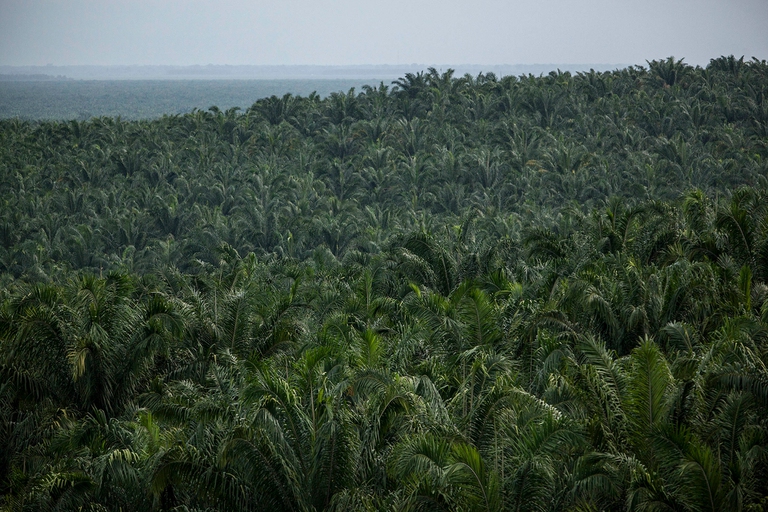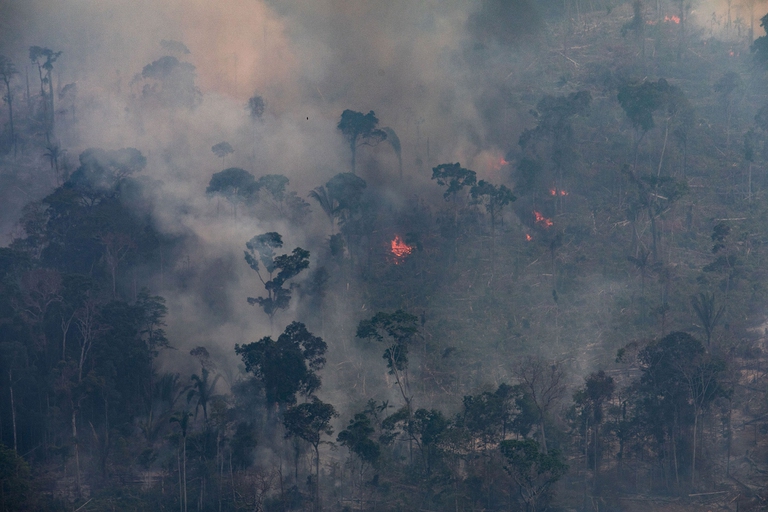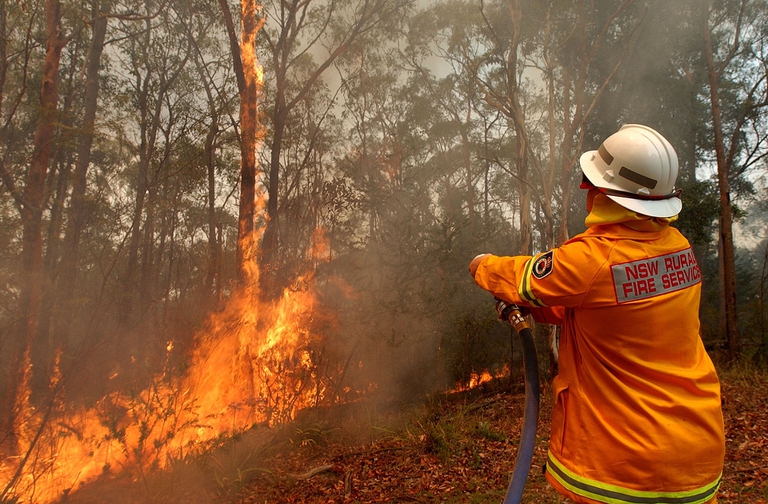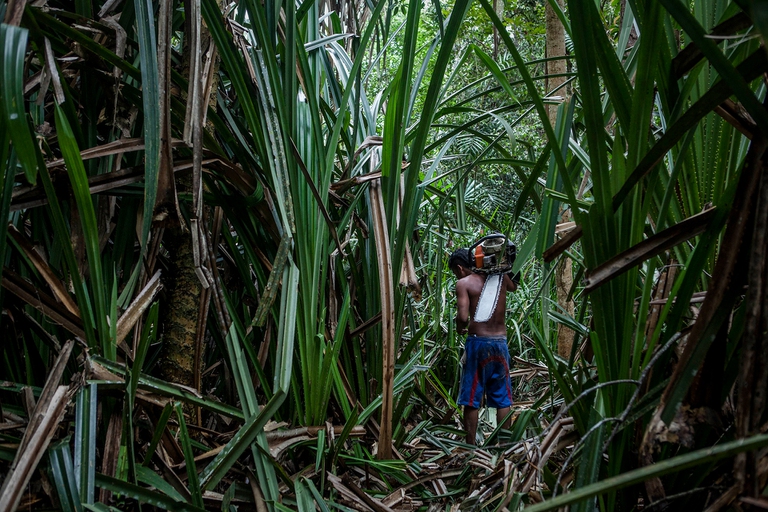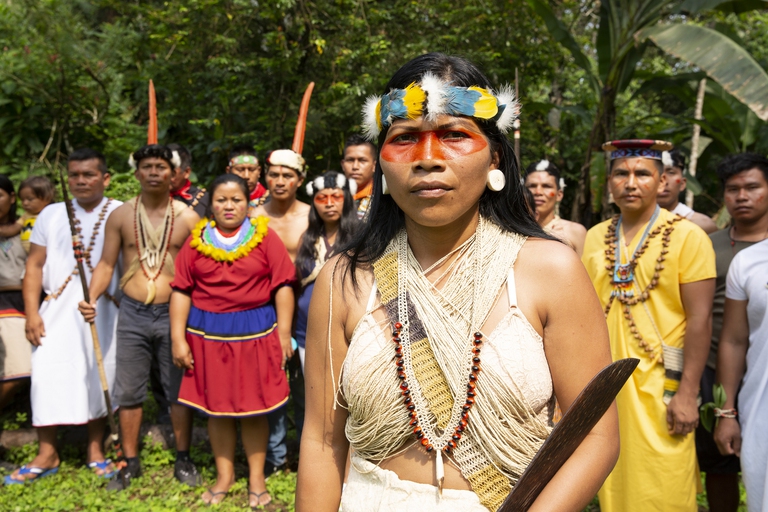
South African court dismisses a major lawsuit by 140,000 Zambian women and children against Anglo American for Kabwe lead poisoning. A setback for affected communities enduring the lasting impact of lead contamination.
Some of the forests in the UNESCO Heritage list are “ill”. We discussed this with Elena Osipova from the IUCN and Giorgio Vacchiano from SISEF.
Ours is a blue and green planet. Our forests and oceans allow us to breathe and ensure our physical and mental well-being, both of which are improved by contact with nature. For this reason, many forests have been declared World Heritage Sites by UNESCO, the United Nations Educational, Scientific, and Cultural Organisation. Unfortunately, since 2001, ten of these green lungs – including the tropical rainforests of Sumatra, the Río Plátano Biosphere Reserve in Honduras, Yosemite National Park in the United States, and the Greater Blue Mountains region in Australia – are no longer able to function correctly. In fact, they have become carbon sources, rather than carbon sinks, emitting more CO2 than oxygen.
This troubling fact was revealed in research carried out by UNESCO itself, alongside the International Union for the Conservation of Nature (IUCN) and the World Resources Institute (WRI). Researchers fear that other forest ecosystems will face the same fate.
The studies, published in Nature, revealed that even the eastern part of the Amazon, in the south-east especially, has started to emit more CO2 than what it is able to capture.
“We identified two main causes,” explained Elena Osipova, Senior Monitoring Officer for the IUCN World Heritage Programme and co-author of the report, in an interview with LifeGate. “One is wildfires, which have become more severe and frequent in many areas due to climate change” and which feed a vicious cycle: drought and rising temperatures make the fires worse, generating more carbon dioxide, which feeds global warming. “The other set of causes are related to pressures from land-use change or illegal resource use, particularly illegal logging”.
Speaking of deforestation, Giorgio Vacchiano – researcher and member of the Italian Silviculture and Forest Ecology Society (SISEF) – has a clear idea of what’s happening. “The direct impact of humans in eliminating forests and replacing them with something else – a crop field, a pasture, a mining site – is to remove the ecosystem’s ability to perform photosynthesis. What’s more, the soil is exposed to the elements, leading to greatly increased CO2 emissions due to respiration from the biological processes of decomposers, the fungi and bacteria that inhabit the soil”.
Vacchiano adds that water scarcity, in addition to promoting wildfires as noted by Elena Osipova, is also a source of stress for trees, which, consequently, find it harder to perform photosynthesis.
Researchers were dismayed by the results of what was the first scientific assessment of greenhouse gases released by UNESCO Heritage forests, which, given their status as protected territories, are really just the tip of the iceberg.
However, there’s still time to reverse the trend: overall, these green lungs are still a significant carbon reserve that’s able to store 190 million tonnes of CO2 each year. Of the other 247 sites in the study, 166 absorb more CO2 than they produce, while 81 have a neutral balance.
Thus, it is necessary to understand which strategies have allowed certain environments to prosper, so they might be enacted in areas under distress. At COP26, the United Nations climate conference that took place in Glasgow in early November, 100 nations committed to stopping deforestation by 2030.
“It’s not the first time that this promise has been made. It had already been proposed by several countries in 2014, with the New York Declaration. The difference today is in the number of signatory countries, as well as the financial resources on the table: almost 20 billion dollars in public and private investments. What’s yet to be seen is how these resources will be spent to reach this important goal,” says Vacchiano. According to the researcher, there are three key actions that must be performed:
“If these pressures are contained, natural ecosystems will have the capacity to restore their extent and natural functioning,” Osipova concludes. This is a hopeful sentiment. Forests can heal, their ailments are not incurable. It’s some of the best news we could possibly receive. And we even know what therapy these “organs” need to start working again. It’s time for us to start taking care of them, so they can start to take care of us again.
Siamo anche su WhatsApp. Segui il canale ufficiale LifeGate per restare aggiornata, aggiornato sulle ultime notizie e sulle nostre attività.
![]()
Quest'opera è distribuita con Licenza Creative Commons Attribuzione - Non commerciale - Non opere derivate 4.0 Internazionale.
South African court dismisses a major lawsuit by 140,000 Zambian women and children against Anglo American for Kabwe lead poisoning. A setback for affected communities enduring the lasting impact of lead contamination.
Controversial African land deals by Blue Carbon face skepticism regarding their environmental impact and doubts about the company’s track record, raising concerns about potential divergence from authentic environmental initiatives.
The list of human and animal victims of the Australia wildfires keeps growing – one species might already have gone extinct – as the smoke even reaches South America.
Majuli, the world’s largest river island in Assam State of India is quickly disappearing into the Brahmaputra river due to soil erosion.
Food imported into the EU aren’t subject to the same production standards as European food. The introduction of mirror clauses would ensure reciprocity while also encouraging the agroecological transition.
Sikkim is a hilly State in north-east India. Surrounded by villages that attracts outsiders thanks to its soothing calmness and natural beauty.
Sikkim, one of the smallest states in India has made it mandatory for new mothers to plant saplings and protect them like their children to save environment
Chilekwa Mumba is a Zambian is an environmental activist and community organizer. He is known for having organized a successful lawsuit against UK-based mining companies.
What led to the Fukushima water release, and what are the impacts of one of the most controversial decisions of the post-nuclear disaster clean-up effort?
